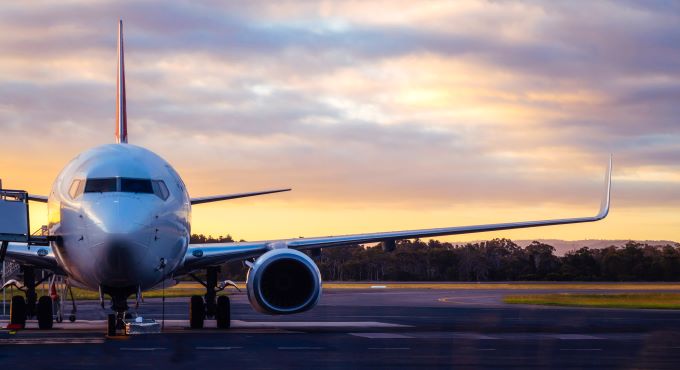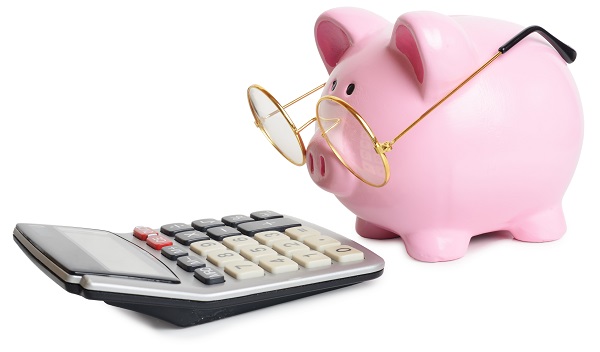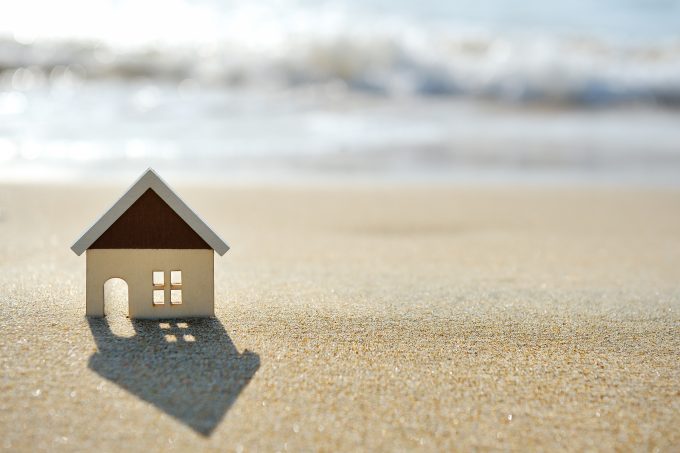
“Dramatic contractions in forward bookings”: Pressure builds for speedy bail out
The tourism industry needs urgent government aid to prevent job losses and business closures permanently damaging the sector, says the Australian Tourism Export Council.
A survey of members conducted last week revealing “an alarming outlook” according to the leading industry body.
And it is urging the Morrison government to speedily implement a recovery package to prop up the ailing tourism export sector.
[pro_ad_display_adzone id=”44555″ align=”left” padding=”10″]Tourism minister Simon Birmingham will meet state leaders in Canberra this week to discuss prospective stimulus measures, and The Australian reports he has already committed to increase funding from $12 million to $16 million for Tourism Australia’s Holiday Here This Year campaign.“We are seeing dramatic contractions in forward bookings across all markets, with China 100 percent down and apprehension from other Asian markets that are still able to travel,” ATEC managing director Peter Shelley said.
“Many Australian inbound travel operators have not been paid for services provided over the Chinese New Year period as most China based travel wholesalers have had to shut their offices due to the virus.
“On top of that they are also facing severe financial difficulties as China outbound travel ground to an abrupt halt.
“With businesses closed and no new travel bookings, cashflow has dried up, forcing many in the industry to focus on business survival and retaining their experienced staff so that they are in a position to rebound when the ‘storm’ passes.
“If things don’t improve soon, they are likely to make significant redundancies or possibly close their businesses.”
Mr Shelley says any loss of inbound tourism distributors will have a major impact on the “ecosystem of the tourism economy” which has been developed over the last 20 years.
Tourism Research Australia’s latest State of the Industry report was released this week, showing that in 2018-19, tourism contributed $60.8 billion to national GDP and provided jobs for more than 660,000 people. Tourism also brought $39.1 billion in exports as Australia’s fourth largest exporting industry.
The combined impact of the coronavirus outbreak and bushfires had reduced economic growth by 0.7 percent since the December 2019 quarter, according to Treasury figures. Between February 24 and March 1, year-on-year, bookings were down 47 percent from Britain, 52 percent from the US, 71 per cent from Indonesia, 32 per cent from India and 100 percent from China and Japan.
“Any erosion of our established tourism distribution channels will greatly hinder Australia’s ability to rebound once COVID-19 passes,” said Mr Shelley.
“The tourism export distribution channel, from the customer in market through to the Australian based product supplier like hotels, tours and attractions, is complex and relationship driven, so a loss of staff and or business failure will have a dramatic impact on our ability to pick up where we left off.
“Given Chinese visitors contributed more than $12 billion to the Australian economy last year, we need to proactively protect the infrastructure of this export tourism distribution channel.
“While these businesses are doing what they can to keep the doors open, we are urging the government to extend business support and recovery packages including concessional loans, short term wage subsidies and a reduction in taxes and charges to help preserve the ecosystem of our industry, followed by investment in aviation and destination marketing to help drive a recovery into the future.”
Mr Shelley’s warnings come after Australia introduced a third travel ban this week, preventing South Korean non-nationals from entering the country.
Australian airlines and hotels are offering the cheapest prices since the GFC to coax visitors to destinations badly affected by the downturn in international tourism.
Some of the biggest discounts in international airfares are between Australia and the US, Flight Centre spokesperson Haydn Long told Guardian Australia, with fares sitting at 30 percent lower than for the same route ten years ago.
“We currently have return fares between Melbourne and Los Angeles with United Airlines from $772 per person. That’s cheaper than the fares that were offered at the height of the discounting during the GFC,” he said.
In an effort to encourage travel at home, Jetstar is offering domestic flights from $31 and Qantas is advertising an Australia-wide sale on domestic flights with prices close to its budget competitors.
Hotels are also discounting heavily, with some metro operators offering rates at up to 40 percent below normal levels and Sydney averaging occupancy and rates both ten percent below average figures for the time of year.
While Australia’s dependence on domestic tourism was this week described by Bruce Ryde, head of Marriott’s Asia-Pacific luxury hotel division, as “a very good thing” which is allowing us to outperform Asian neighbours, our internationally reliant accom operators are particularly struggling.
Tourism Australia managing director Phillipa Harrison told a conference last week that Australia’s international tourism bookings have plummeted by 30 percent over the past 11 weeks, and there is currently no end in sight for the coronavirus threat.

AccomNews is not affiliated with any government agency, body or political party. We are an independently owned, family-operated magazine.






